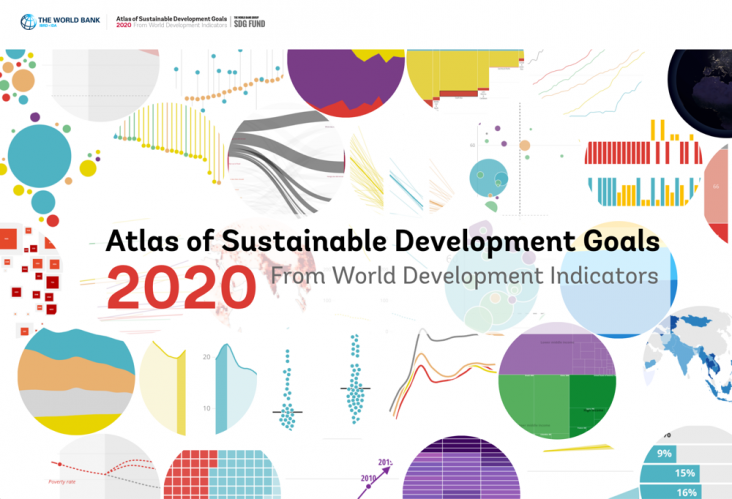Partner content
World Bank
The Atlas of Sustainable Development Goals 2020 presents interactive storytelling and data visualizations about the 17 Sustainable Development Goals.
Elsevier,
Reference Module in Earth Systems and Environmental Systems, Encyclopedia of the World's Biomes, 2020
This book chapter addresses SDGs 15, 12, and 11 by discussing the conservation of terrestrial, freshwater, and coastal/marine ecosystems, and how to identify global percent protection goals.
This book chapter advances SDGs 12, 13 and 14 by discussing the current warming of the Arctic climate caused by human exploitation activities and the potential impact these activities may have in driving a number of marine mammals and other vertebrate species to extinction, unless strong conservation initiatives are put in place immediately.
High-tech products like batteries and electronics contain a variety of valuable, scarce, and in some cases potentially harmful materials, but in only a few exceptional cases (such as lead-acid batt
This book chapter addresses SDGs 2 and 12 by explaining the technological advances in modern breeding techniques in grain crops. Innovative breeding techniques are covered including speed breeding.
Sensory and consumer researcher can focus on the three main topics exemplified in this short review: corporate and consumer social responsibility, low income or vulnerable consumers, and migration.
Obesity represents an important public health concern because it substantially increases the risk of multiple chronic diseases and thereby contributing to a decline in both quality of life and life ex
To be socially accepted widely, the emerging circular bioeconomy needs to rely increasingly on residual bio-based feedstock and waste, hence reducing its dependency on crops which are in competition w
Purpose and setting: Infrastructure is a global multi-trillion dollar market presenting many opportunities and risks for sustainable development.
The successful conversion of lignocellulose into value-added products depends on overcoming the recalcitrance of its structure towards enzymatic digestion.
